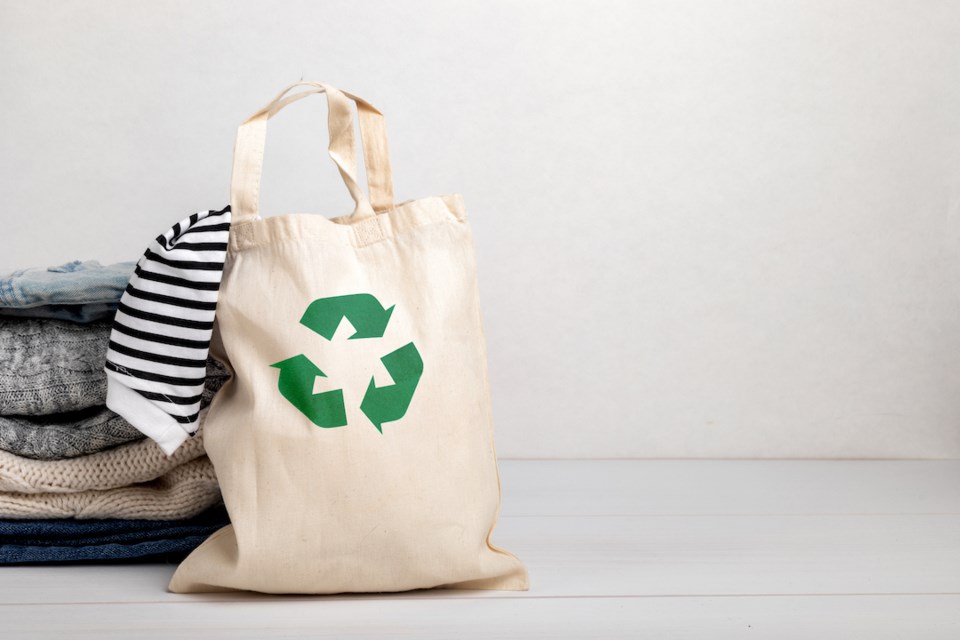There are two kinds of replies when I brag about an item of clothing coming from the dump: “Awesome!” or “You don’t have to admit that you know.”
The community dump (more accurately transfer station) where I lived in the Yukon was (still is) a kind of tourist attraction. There was the composter that was the brain child of a retired experiential science teacher, there was a great heap of scrap metal and there was the jewel in the crown of the dump: the free store.
Particularly for my brothers, Mount Lorne Transfer Station was a point of pride as it offered not only employment but a selection of clothing and items in a town with limited shopping options (new or second hand.)
One of my great delights on the Coast is that reuse-it shops, thrift stores and garage sales abound – from the several thrift stores of Gibsons, all the way up to the oft-featured Bargain Barn, and beyond.
There is a privilege in being able to dress in second hand clothing and in thrifting not because you have to but because you want to. But, challenging the culture of stuff benefits us all.
CBC reported earlier this year that residents of Metro Vancouver throw out 20,000 tonnes of textiles annually.
Waste Reduction Week Canada reports that textile waste doubled between 2000 and 2018 with 100 billion new garments produced every year.
World Bank estimates 20 per cent wastewater world wide comes from textiles and dyeing treatments.
That’s just when it’s intact, an Ocean Wise report noted last year that synthetic fibres make up about 92 per cent of microplastic pollution “found in near-surface seawater samples from across the Arctic Ocean.
“About 73% of those fibres are polyester and resemble fibres used in clothing and textiles.”
And if your next comment is that we need to be focusing on carbon, World Bank reports that the fashion industry is responsible for 10 per cent of global carbon emissions.
A new top won’t make or break the world but much of what we need to shift in decarbonization comes down to culture and economics, and one thing we do need to throw out is the culture of “new.” Of bigger, better, faster, stronger. Repair, reuse, reduce and visit the dump.
See you there!



